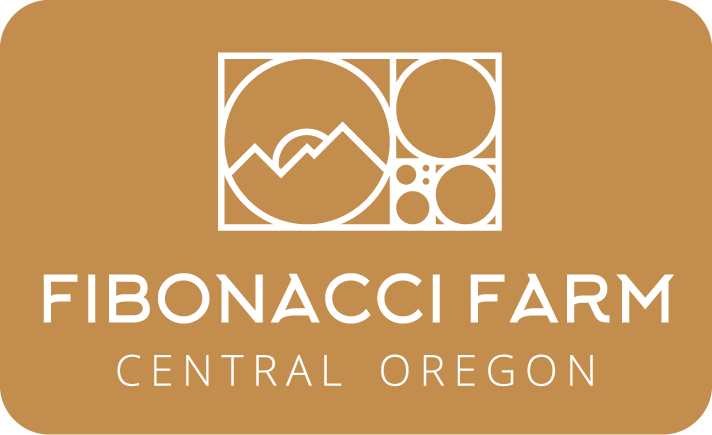Our raised bed layout is complete!
We’ve been quite busy since we broke ground in March. Those of you who follow us on Instagram may have a bit of a sense of what we’ve been up to, but we wanted to use this space as a way to further convey and document our achievements so far and try to paint a picture of the progress we’ve made with the farm. Also, we can’t wait to share with you some of the things we are looking forward to in the near future.
March was nothing short of amazing. One of the things that we wanted to do with Fibonacci Farm was to grow everything that we could from seed instead of purchasing plant starts from other farms. This ideally keeps our costs down and makes the farm more self-sufficient. To make this a reality, we built our greenhouse from the ground up! We had been donated most of the materials that it took to build out our greenhouse from our friends at Quackenbush Farm, where Aaron interned last year. Almost all of the lumber that we needed was part of that donation, which was super helpful because lumber prices right now are OUT OF CONTROL! Everything was pretty easily assembled, but we were tasked with figuring out how we were going to build the end walls. Neither of us are carpenters by trade, but when you are a farmer, you have to wear many faces so we had to kind of figure it out as we went. In the end it turned out awesome and we are super proud of it. In the spirit of reducing consumption and waste, we made our tables in the greenhouse out of pallets and couldn’t be happier.
Another huge project that we started in late March was the build out of all of our garden beds. Before we took over the Garden space that is now Fibonacci Farm, the garden was overrun with weeds, so we did a TOTAL overhaul of the space. With healthy soil being one of our primary focuses with the Farm, we came up with a plan that will hopefully be super beneficial to our soil. We covered the entire garden with cardboard (no small feat) and built the beds up with compost and covered the pathways with wood chips. The cardboards primary function was to smother our Rye Grass cover crop, and when the cardboard breaks down it releases a soy-based glue which attracts worms, the wood chips should do a good job of helping support mycorrhizal networks beneath so soil. Between frigid mornings and windy afternoons, this project took us the better part of 5 weeks, but my oh my is it beautiful.
We’ve been spending a lot of time reflecting about what works and what doesn’t work as far as farming in this micro-climate. We’ve never before seen or had experience with the temperature swings that Central Oregon gets. It is really wild and makes for some difficulties, especially since we aren’t growing in any heated hoop houses. It has been very cool for us though, we are feeling super connected to the natural world around us and have found it quite healing. Some of our favorite times lately have also been spent in our greenhouse. It is about 80% full of seedlings. We are hoping that the weather will become a bit more predictable in May so that we can get those seedlings in the ground and start sharing our flowers and veggies with you all.
We both have been fully vaccinated at this point, so with that in mind we are feeling more confident about heading out into the world, including market! Our first market is supposed to be on May 29 in Madras – we have faced some irrigation setbacks in April which lead to some poor germination in our direct sown veggies (Carrots, beets, turnips, radish), so our first couple markets may be lighter than we had planned for, but we are still feeling super confident that this year is going to be great for us.
That is all for now, but stay tuned as we plan on updating our blog several times throughout the season!
Your Farmers, Aaron + Lauren
